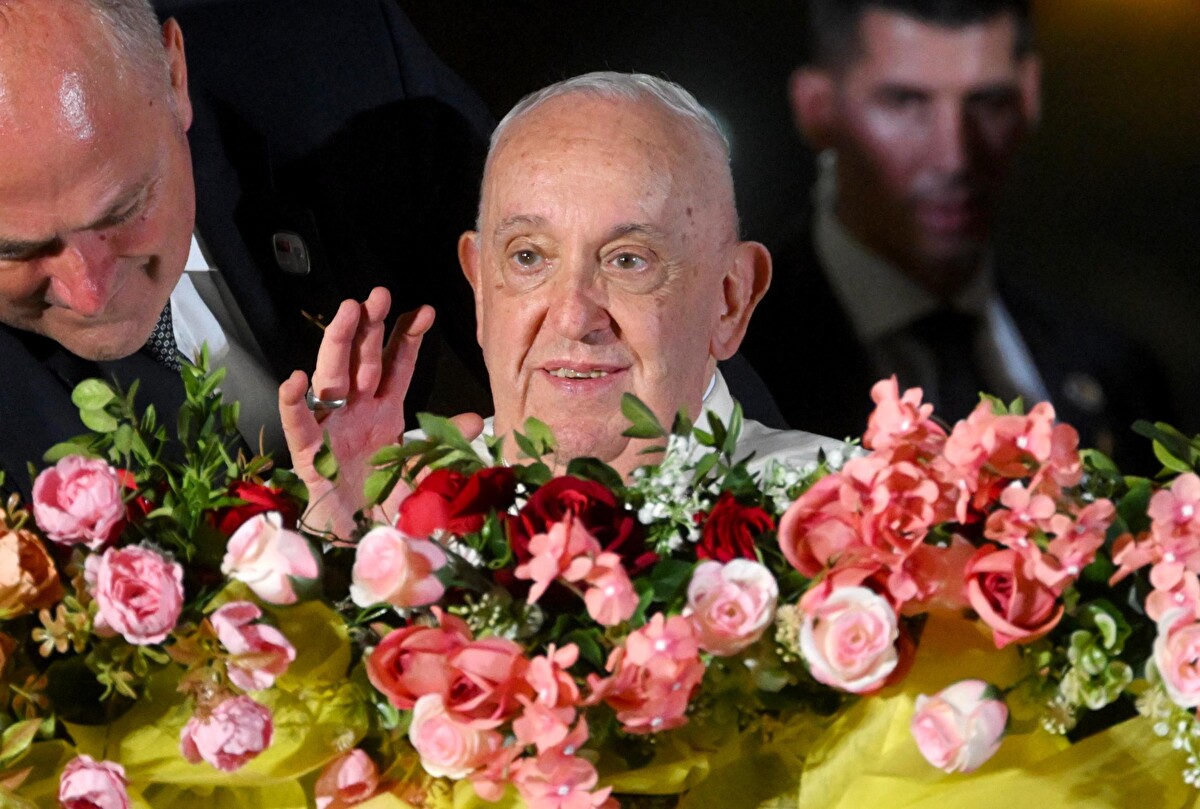Over the past 11 months, someone created thousands of fake, automated Twitter accounts — perhaps hundreds of thousands of them — to gush praise for Donald Trump and dump criticism on his political rivals, all in the effort to boost his chances at gaining the GOP primary nomination for 2024.
Bots, for anyone who might not know, are fake, automated accounts that became notoriously well-known after Russia employed them in an effort to meddle in the 2016 election. While big tech companies have improved their detection of fake accounts, the network identified by Cyabra shows they remain a powerful force in shaping online political discussion.
Their job is to up the profile of the former president, lavishing on him the kind of flattery that he craves. Their other job is to influence the voting public in his favor by ridiculing or smearing his rivals or would-be opponents in the 2024 GOP primary race. For now, the targets are Nikki Haley and Ron DeSantis. As others enter the race we may see the bots’ smear campaigns expand.

Who is behind these maneuvers? We know that the techniques were pioneered by the Kremlin to sway the digital platform conversation about candidates while exploiting Twitter’s algorithms to maximize their reach.
The sprawling bot network was uncovered by researchers at Cyabra, an Israeli tech firm that shared its findings with The Associated Press. While the identity of those behind the network of fake accounts is unknown for now, Cyabra’s analysts determined that it was likely created within the U.S.
The clues that suggest the post was generated by a bot and not a human is that typically the latter will post on a variety of topics, while a bot focuses on one subject and just changes the details. “One account will say, ‘Biden is trying to take our guns; Trump was the best,’ and another will say, ‘Jan. 6 was a lie and Trump was innocent,'” said Jules Gross, the Cyabra engineer who first discovered the network.

Gross is concerned that democracy is at risk, and he wants people to know what is going on.
The new pro-Trump network is actually three different networks of Twitter accounts, all created in huge batches in April, October and November 2022. In all, researchers believe hundreds of thousands of accounts could be involved.
The accounts all feature personal photos of the alleged account holder as well as a name. Some of the accounts posted their own content, often in reply to real users, while others reposted content from real users, helping to amplify it further.
“McConnell… Traitor!” wrote one of the accounts, in response to an article in a conservative publication about GOP Senate leader Mitch McConnell, one of several Republican critics of Trump targeted by the network.
The network also helped popularize a call for DeSantis to join Trump as his vice presidential running mate — an outcome that would serve Trump well and allow him to avoid a potentially bitter matchup if DeSantis enters the race.

The same network of accounts shared overwhelmingly positive content about Trump and contributed to an overall false picture of his support online, researchers found.
“Our understanding of what is mainstream Republican sentiment for 2024 is being manipulated by the prevalence of bots online,” the Cyabra researchers concluded.
Bots can also succeed in convincing people that a candidate or idea is more or less popular than the reality, he said. More pro-Trump bots can lead to people overstating his popularity overall, for example.
“They’re built to manufacture the illusion of popularity. Repetition is the core weapon of propaganda and bots are really good at repetition. They’re really good at getting information in front of people’s eyeballs” said Katie Harbath, a fellow at the Bipartisan Policy Center and a former Facebook public policy director.
With the advances in artificial intelligence the bots could become even more sophisticated—and therefore, more dangerous to democracy.
“The platforms have gotten so much better at combating bots since 2016,” Harvath continues, “But the types that we’re starting to see now, with AI, they can create fake people. Fake videos.”












